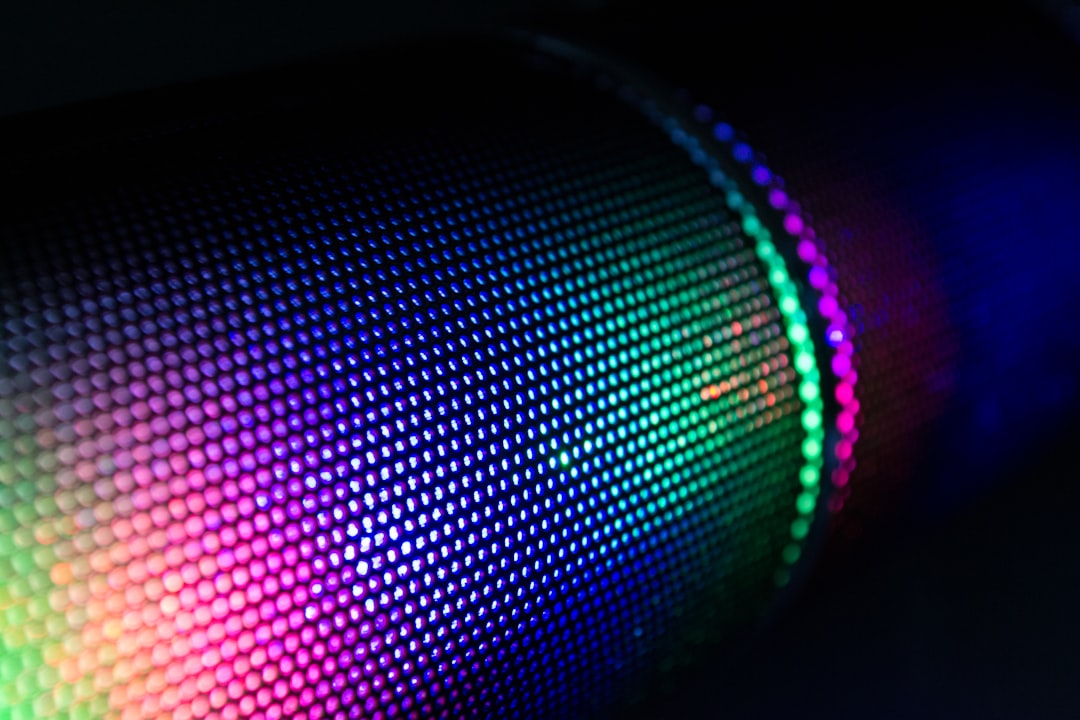What is it about?
Waterholes are dangerous locations as predators might wait for thirsty animals to prey on them. Birds are particularly vulnerable when on the ground and the first bird flying to the water edge might be particularly in danger to be preyed upon. Recent research found that individuals differ in their boldness (willingness to take risk). In the Gouldian finch this risk-taking behaviour is linked to their head-colour with black-headed birds taking greater risk than red-headed birds, at least under laboratory conditions. This has been related to their lower conspicuousness. Here we investigated whether Gouldian finches also differ in their boldness in the wild.
Featured Image

Photo by David Clode on Unsplash
Why is it important?
There is increasing evidence that individuals differ in their responses to environmental challenges (called personality). However, most studies are conducted in captivity, and it is often unclear whether the same behaviour can be observed in the wild. Learning about how individuals respond to e.g., a dangerous situation or a change in the environment can help to better understand flexibility in responding to environmental challenges in a population, which can affect population trends and inform conservation actions.
Perspectives
The study found interesting differences in boldness between sexes and head colours, which will inform future studies in the laboratory. The current study demonstrated differences in boldness between different groups of birds based on experience and conspicuousness but was not able to test whether individuals differed consistently from each other (which defines personality). Future studies should address this in the wild. Moreover, the interesting question whether birds use the behaviour of other species as a signal for safety needs further investigation.
Claudia Mettke-Hofmann
Liverpool John Moores University
Read the Original
This page is a summary of: Gouldian finches are followers with black-headed females taking the lead, PLoS ONE, April 2019, PLOS,
DOI: 10.1371/journal.pone.0214531.
You can read the full text:
Contributors
The following have contributed to this page










